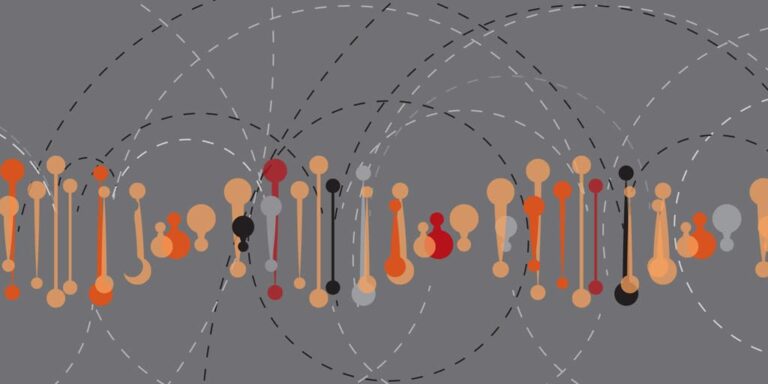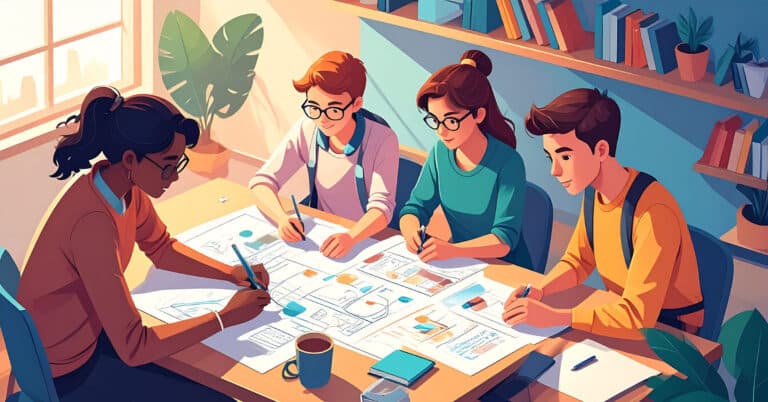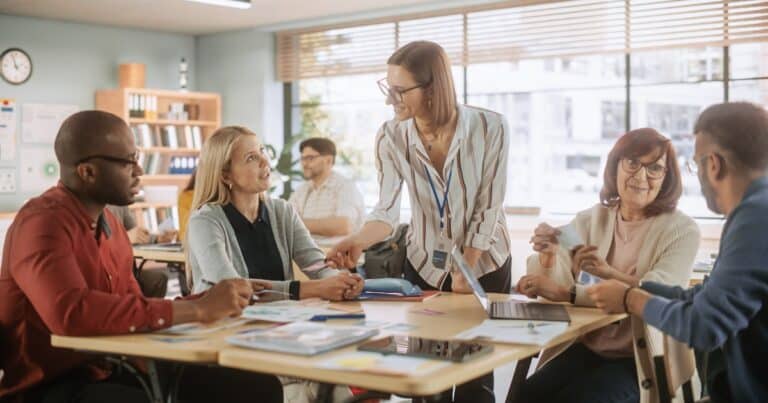According to Superintendent of Farmington Area Public Schools Jay Haugen, “every student has just as powerful a mind as every other student – but every student is unique.”
Recognizing that uniqueness and providing learners with the opportunity to know their own strengths and opportunities for growth is essential to the Minnesota district’s push toward personalized, competency-based learning. One of the ways they’re doing that this school year is through personal learner profiles. Students of all ages, from kindergarten through high school, are engaging with a series of questions designed to help students get to know themselves better as learners – and for teachers to have a better idea of their students’ needs and preferences.
“I wasn’t really sure how this would work in kindergarten,” said Katie Landers, a kindergarten teacher at Farmington Elementary who helped develop the questions for the learner profiles. “As I learned a little bit more, I felt that kindergarten is one of the most important grades to start this in. The learner profile is just a piece of the big picture of students really seeing their purpose in being at school. Rather than the teacher being the voice and the leader in everything, the students are taking that responsibility.”
Understanding students through learner profiles can help teachers better design classes and help learners develop agency.
Read more >
Lori Phillips, director of teaching and learning at KnowledgeWorks, facilitated a workshop on personal learner profiles with Farmington elementary, middle and high school teachers as part of the district’s aims to create personalized, competency-based learning environments where students are empowered to own their learning.
“For agency to increase, students need to understand themselves as learners,” said Phillips. “Personal learner profiles are a great way for students to document their learning needs and preferences, reflecting on strengths and challenges as they grow.”
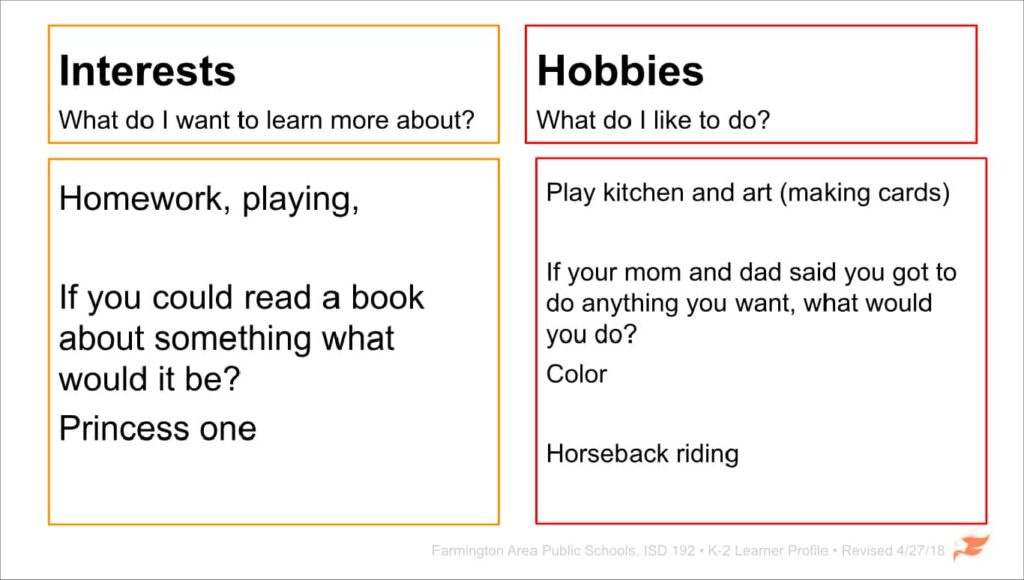
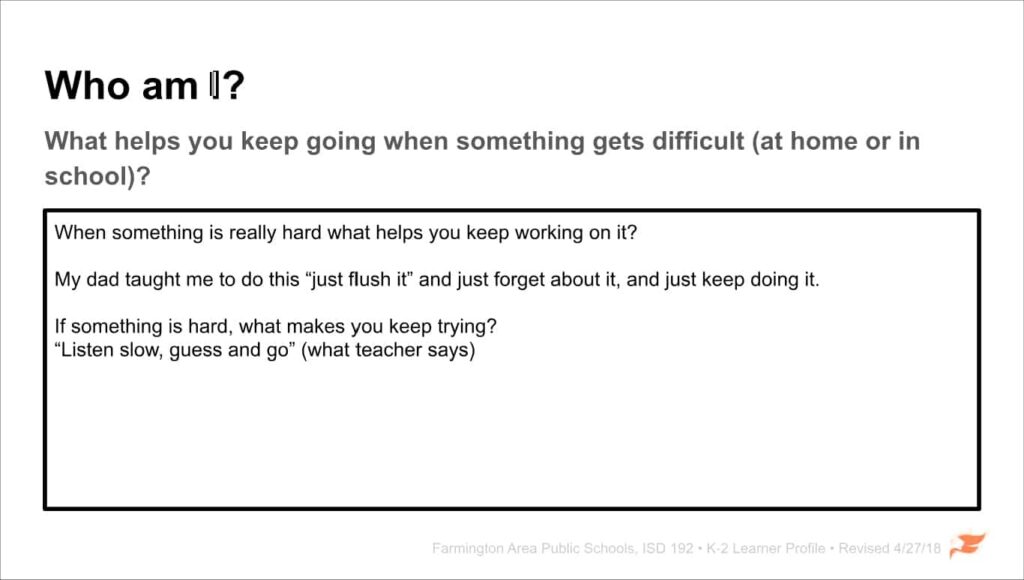
For Landers, that reflection is a key part of the learning.
“It’s not me as a teacher saying, ‘you’re good at this,’” Landers said. “They’re reflecting. We’re providing the opportunity for them to stop and think, what was I proud of? Why? What is my purpose?”
Being thoughtful about what you’re learning can happen at any age.
Landers is a part of the learner profile team in the district, which convenes at key times throughout the year to share how they’re implementing learner profiles and what they’ve learned. Just as student agency is a critical part of the culture at Farmington schools, teachers are empowered, too, to take risks, solve problems and work together to better serve all learners. The district began last summer by bringing teachers from all nine schools together to share ideas about what the learner profiles could look like, but more importantly, what they could do.
“It was a little daunting at first,” Landers said. “I’m used to someone telling me, ‘This is the activity, and this is how you’re going to do it.’ But we didn’t know what the end product would be, how the questions were going to be given to the students, how the learner profile would be used. We had to just ask ourselves, what do we want students to be thoughtful about?”
When students open their profile, they see a photograph of themselves and a simple explanation:
This is your learner profile. The purpose of this profile is for you to better understand yourself as a learner over time. You will come back to these questions for further reflection throughout your time in school. Teachers and your families may want to talk with you about your learner profile to better understand you as a learner.
The questions are designed to cultivate reflection not only in students’ day-to-day activities, but from year-to-year.
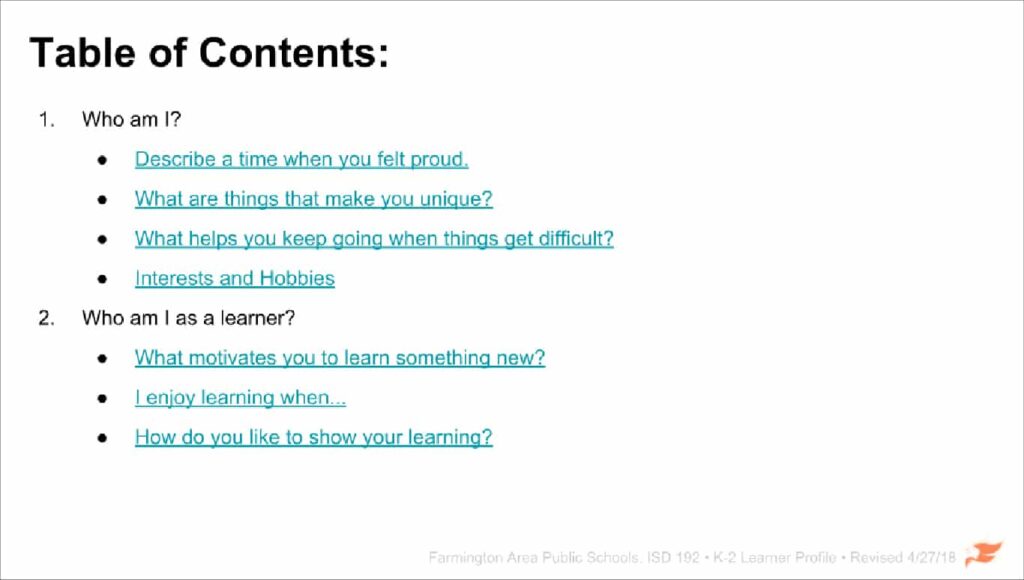
“Ultimately, we just want them to be more thoughtful about who they are as learners,” Landers said.
Reflections for students, reflections for teachers.
For Tim Schlatter, learning advisor at Gateway Academy, that thoughtfulness extends to how the learning profiles are utilized by teachers.
“It’s up to each school building how they’re used. It could be a couple of grade levels, or a couple of teachers,” said Schlatter. “We didn’t want it to feel like we’re pushing something on to teachers, to have it feel like one more thing. We want it to be authentic.”
Farmington Area Public Schools are empowering educators to own the ways in which they support their learners with personalized learning. Read More.
When thinking through questions to include, Landers and her peers reflected on the fact that they wouldn’t have answers for some of the questions they were asking their students.
“I realized it was because I’ve never been asked,” Landers admitted. “I thought of that as a negative for a minute, but that’s even more of a reason to have those kinds of questions in there. I probably would have an idea if I’d been asked how I learn best, or what keeps me going when things get difficult. If they are here from kindergarten to twelfth grade my students could be asked at least once every year, and that answer is going to become easier and easier. What an amazing thing to reflect on and be thoughtful of.”
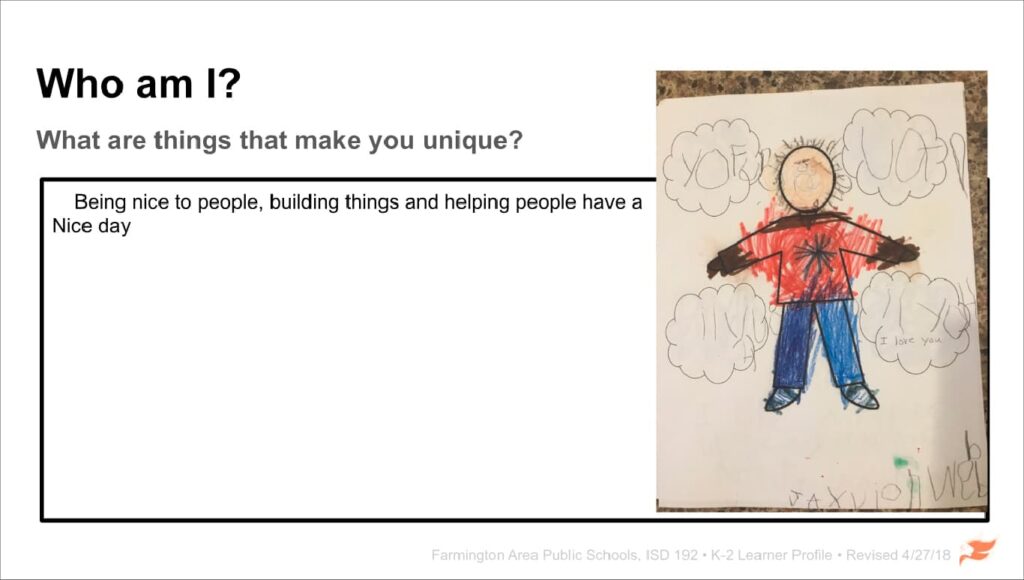

“The learner profile identifies who a student is, how they like to learn, and we want to develop a learner plan that goes along with it so students can see how what they know about themselves can impact their learning,” says Schlatter, whose fifth to eighth-grade students are already using their learner profiles to identify a passion project each trimester. The projects are completely student-led.
“It’s all on them – we’re there to support them however they feel like they need supported. We can give suggestions, but if they don’t listen, that’s their choice,” Schlatter said. “These projects are one of our biggest learning opportunities. Sometimes they’re successful, sometimes they’re not, and that’s okay. If their personal project isn’t as good as they hoped it would be, they’re reflecting on it: maybe I didn’t use my time that wisely and I need help, maybe I need to advocate for myself a little bit more when I’m stuck.”
Learner profiles build confidence – and relationships.
While there is an agreed upon set of questions and a vehicle for the learner profiles – they’re housed on Google slides and accessible to students, teachers and parents – every teacher has approached using the profile differently to best meet their needs and the needs of their students. While teachers with students in older grades can have the students complete the profiles themselves, Landers has one-on-one conversations with her students and records their answers. While that wasn’t initially how they were conceived of, it’s something Landers plans to continue to do because of the relationship-building power of those conversations.
“I’m helping to shape how they see school. I think it’s important that they see that I value them, that I’m taking this time and I’m not thinking about anything else besides just you now,” Landers said. “I think that kids want to work harder for people that they have a relationship with. But the whole point of the learner profile is that they’re not working harder for me – they’re doing it for themselves.”
Read about how one teacher instills a learner’s mindset in her classroom through regular activities and culture.
This was written by former Senior Manager of Communications Jillian Kuhlmann.
